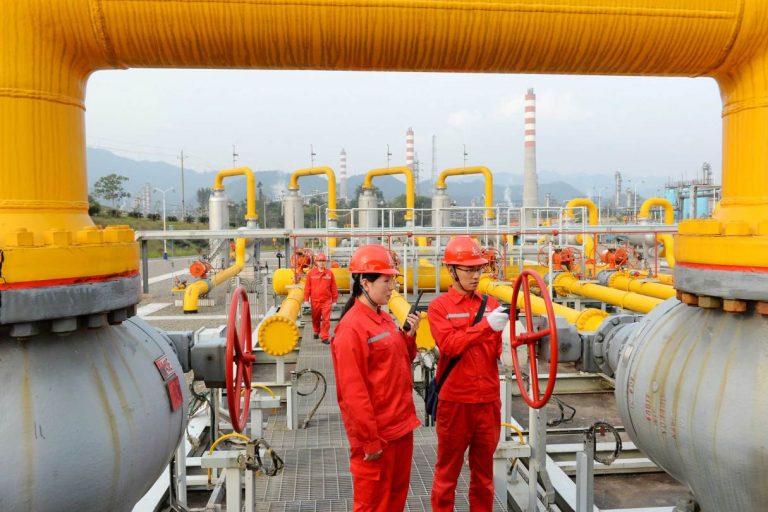
One of the most remarkable economic transformations of the past decade has been the rise of China as a global manufacturing powerhouse. The country has become the world’s largest exporter of goods and has lifted hundreds of millions of people out of poverty. However, this rapid development has also come with a cost: rising labor costs.
According to the International Labour Organization (ILO), the average monthly wage in China rose from 1,392 yuan in 2005 to 4,692 yuan in 2012, an increase of 237%. This means that China’s wages grew faster than any other developing country in the same period. In fact, by 2012, China’s wages were higher than those of some other emerging economies, such as Brazil, Mexico, and Turkey. Moreover, China’s wages were also higher than those of some developed countries, such as Portugal, Greece, and Spain.
Why did China’s wages increase so much? There are several factors that contributed to this trend. One is the demographic shift that reduced the supply of young workers. As a result of the one-child policy and lower fertility rates, China’s working-age population peaked in 2010 and started to decline afterwards. This created a labor shortage that pushed up wages. Another factor is the rising demand for skilled workers.
Register for Tekedia Mini-MBA edition 19 (Feb 9 – May 2, 2026): big discounts for early bird.
Tekedia AI in Business Masterclass opens registrations.
Join Tekedia Capital Syndicate and co-invest in great global startups.
Register for Tekedia AI Lab: From Technical Design to Deployment (next edition begins Jan 24 2026).
As China moved up the value chain and diversified its exports, it needed more workers with higher education and technical skills. However, the supply of such workers was limited by the quality and accessibility of education and training. This created a skill mismatch that increased wage premiums for skilled workers. A third factor is the growing awareness and activism of workers. As China’s economy grew and living standards improved, workers became more conscious of their rights and expectations.
They demanded better working conditions, social benefits, and higher wages. They also organized strikes and protests to voice their grievances and bargain for their interests. This increased the bargaining power of workers and put pressure on employers to raise wages.
What are the consequences of China’s rising wages? On the one hand, higher wages have positive effects on China’s economy and society. They boost domestic consumption and reduce income inequality. They also encourage innovation and productivity growth, as firms have to invest more in technology and research and development to cope with higher labor costs. They also improve the quality of life and well-being of workers and their families.
On the other hand, higher wages also pose challenges for China’s competitiveness and growth. They erode China’s cost advantage and make its exports less attractive in global markets. They also increase the risk of relocation and outsourcing, as foreign investors and multinational corporations may seek cheaper labor elsewhere. They also create inflationary pressures and affect macroeconomic stability.
How can China balance the benefits and costs of rising wages? There is no simple answer to this question, but some possible strategies include:
Enhancing human capital development: China needs to improve its education and training system to increase the supply and quality of skilled workers. This will help reduce skill shortages and wage gaps, as well as foster innovation and creativity.
Promoting industrial upgrading: China needs to shift from low-end manufacturing to high-end manufacturing and services. This will help increase its value-added and competitiveness, as well as create more high-paying jobs.
Strengthening social protection: China needs to expand its social security system to cover more workers, especially those in the informal sector. This will help reduce poverty and vulnerability, as well as enhance social cohesion and stability.
Pursuing regional integration: China needs to deepen its economic cooperation with other countries in Asia and beyond. This will help diversify its export markets and sources of investment, as well as foster regional development and stability.
China’s rising wages are a reflection of its economic success, but also a challenge for its future growth. China needs to adopt a balanced approach that maximizes the benefits and minimizes the costs of higher labor costs.



